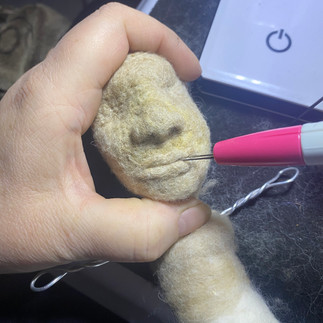
1982-present
Birthplace: Kansas City, Missouri
First African American principal dancer with American Ballet
New York Times Bestselling Author
As a child facing financial instability, sometimes living in a hotel room as one of six children her single mom worked many jobs to just feed them.
At age 13 Copeland and her siblings visited a Boys and Girls Club where ballet teacher Cindy Bradley discovered her and encouraged her to pursue formal ballet training. Very shy and reserved as a child, Copeland felt connected and knew she had a voice in ballet. Getting en pointe (supporting full weight on the tips of fully extended toes) would normally take a ballerina years to accomplish, Misty did in 3 months.
Misty Copeland started her professional ballet journey with the San Pedro City Ballet in San Pedro, California. But faced daunting challenges. She was told by one ballet company she would never “make it” in ballet. Others said that her legs weren’t right, or she should go to Las Vegas to be a professional dancer.
By age 19, Misty moved to New York and joined the American Ballet Theatre as the only black ballerina. She was a member of the corps de ballet in 2001. She made history as the first African American appointed soloist in 2007. During that time, Prince contacted her asking her to dance in a video of his version of the 2009 song Crimson and Clover. She did and solidified her confidence and determination in her career path. Prince helped Copeland see the power in being different in the world of ballet. This also led to a tour with Prince. In 2012 Misty was diagnosed with six stress fractures in her tibia and told she may never dance again. Seven months later with a plate in her leg she was back to dancing.
Promoted to principal dancer in 2015, this made her the first African American woman to ever hold the position in the company’s 75 year history.
.
Surviving a career in a predominantly white field, Copeland has been an advocate for more diversity in ballet. She launched a new American Ballet Theatre program called “Project Plié” that recruits young dancers from diverse backgrounds.
Her memoir Life In Motion: An Unlikely Ballerina became a New York Times bestseller.
Black Ballerinas: My Journey to Our Legacy, is a best selling childrens book, along with Bunheads which also became a New York Times bestseller.
Copeland received an honorary doctorate from University of Hartford for her contributions to classical ballet and helping to diversify the art form.
She is a mother, wife, award winner, and one of Time magazine’s 100 most influential people.
As a little girl I thought ballerinas were so elegant. My grandmother had a figurine I would sit and admire secretly wishing I could be a ballerina.
My favorite part of creating Misty for "The Women" was coming up with the dress and shoes for her ballet costume. I found some tulle and beaded her dress. I knew I wanted Misty in pointe shoes.
An interesting, sad fact about pointe shoes: they came in white and pink. Most Black, Indigenous people of color (BIPOC) ballet dancers used to have to paint them or use makeup to match their skin tone as darker flesh tone colors were not available to them. I remember the first time I learned about that detail. I was watching a TV program that captured a Black ballerina receiving a pair of pointe shoes which was matched to her skin tone. She opened the box and cried. That was only a few years ago. It was so moving.
Misty Copeland/Firebird leap
Photo by Rosalie O’Connor
"Be strong, be fearless, be beautiful. And believe that anything is possible when you have the right people there to support you." – Misty Copeland
#Blackhistorymonth #Blackhistorymonth2023 #womenshistory #mistycopeland #thewomen #ballerina #needlefelting #needlefeltingartist #americanballettheatre
Sources:
ABC news
Harvard Business Review
Mistycopeland.com
American Ballet Theatre
Encyclopedia Britannica









Comentarios